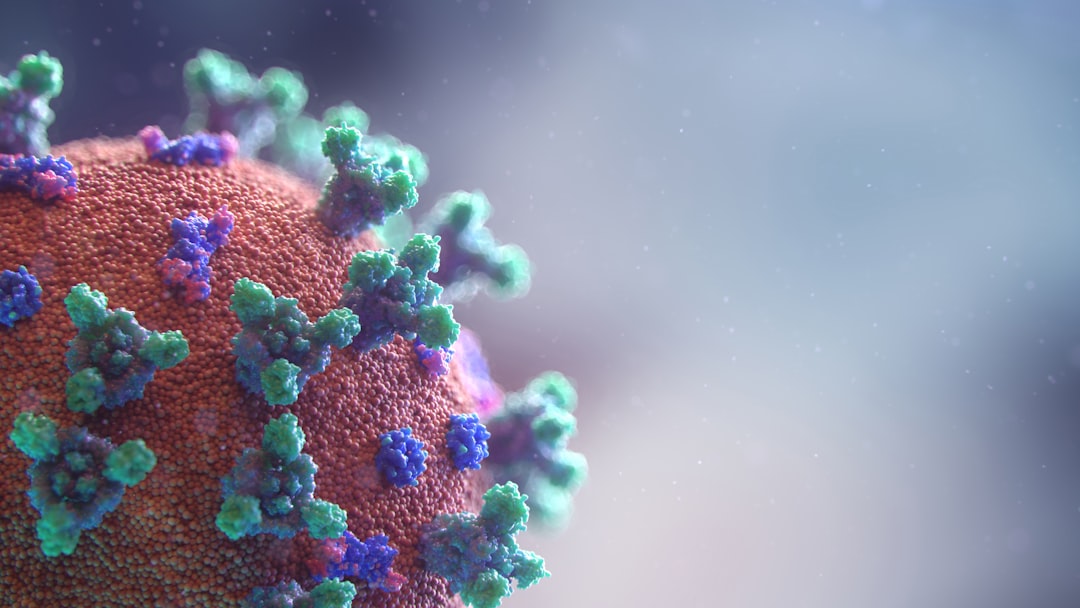What is it about?
Through genetic studies we discover a single mutation causing human ADHD. We generate a mouse model with the human mutation in the mouse equivalent gene. Through behavior studies we show that the mice are clearly hyperactive and through elaborate electrophysiology and molecular studies we delineate the downstream effects of the mutation - opening new venues in the understanding of ADHD
Featured Image

Photo by sporlab on Unsplash
Why is it important?
Enhancing our understanding of molecular pathways leading to ADHD and generating a reliable mouse model of human ADHD can serve in enhancing effort at better treatment modalities.
Perspectives
Making a difference in ADHD - the power of genetics proven once again. Daniel Halperin of our lab did wonderful extensive work - from genetic studies to biochemistry, to generation and behavior studies of CRISPR - mutant mice, to extensive RNAseq and ex-vivo electrophysiology studies of the mice. Another triumph for MD-PhDs :-)
Ohad Birk
Soroka Medical Center and Ben Gurion University
Read the Original
This page is a summary of: CDH2 mutation affecting N-cadherin function causes attention-deficit hyperactivity disorder in humans and mice, Nature Communications, October 2021, Springer Science + Business Media,
DOI: 10.1038/s41467-021-26426-1.
You can read the full text:
Contributors
The following have contributed to this page










